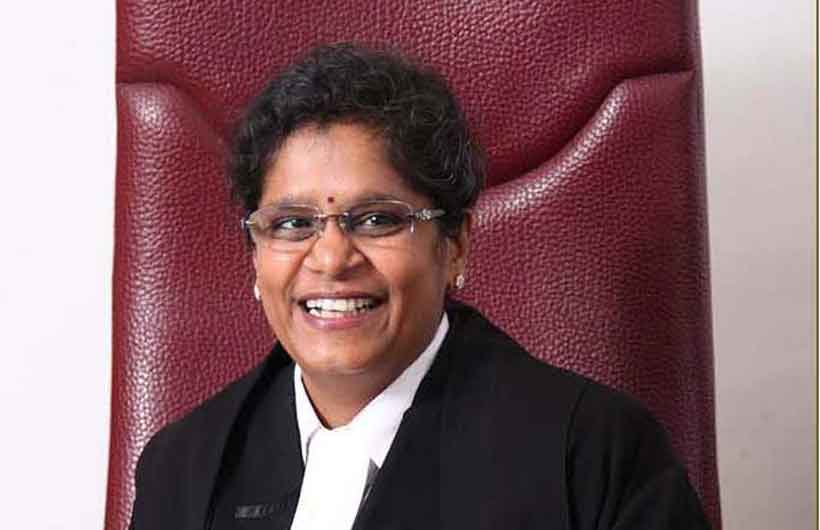To minimize the need for legislative and judicial interference in issues relating to content, Media and content creators should involve adjudicatory mechanisms to remain free and fair: Justice Pratibha M Singh emphasized at the FICCI event in order to enhance credibility and fairness.
NEW DELHI, 25 November 2020: Justice Pratibha M Singh, Judge, Delhi High Court today said that the convergence of free to air broadcasting; pay television; DTR to OTT, shows that there is a need for the creation of an independent adjudicatory mechanism, which is not consisting of functionaries or broadcasters, in order to reign credibility, transparency and fairness. The same, she said, could be under the aegis of an independent service provider.
Addressing the Fast Track Digital series, as a part of the FICCI Knowledge Series, on the role of the digital economy to revitalize economic growth organized by FICCI, Justice Singh said, “If media and content creators have to remain free and fair they ought to involve free and fair adjudicatory mechanisms, which are not coercive in nature.”
Elaborating further, Justice Singh said that apart from the creation of independent regulatory mechanisms, there needs to be a method where broadcasters are a part of the adjudicatory mechanisms to ensure the code of conduct is compulsorily applicable to all broadcasters without exception. “OTT and VoD platforms and other creative content providers should also be a part of this mechanism. Such a system would also protect and preserve the rights guaranteed under the Constitution of India by effectively providing for reasonable restrictions. This would also minimize the need for legislative and judicial interference in issues relating to content,” she added.
Commenting on the rise of the OTT and VoD platforms in the country, Justice Singh said that while the pandemic brought everything to a standstill, it proved to be the silver lining for the OTT and VoD platforms that have seen an exponential rise in the last six to eight months.
The broadcasting industry in India, where creative content has had a large amount of space for itself has been able to generate a large amount of revenues for producers and content creators. The challenges, said Justice Singh, for the OTT and VoD platforms, has just begun. “While there can be no specific solution to the issues currently being faced by the broadcasters in general and digital platforms in particular, I would comment that inspiration should be taken from other self-regulatory or independent redressal mechanisms, which can be used as models for OTT and VoD and broadcaster platforms in general,” she further added.
Ms Belinda Lui, President & Managing Director, Asia Pacific, Motion Picture Association said that the growth of the OTT and VoD sector in India highlights that audiences are responding well to the content offering. “Audiences across the globe have developed a new appreciation for Indian stories and culture. The incredible dynamic culture led by the VoD industry has helped develop a very high standard of storytelling,” she said.
“India has been adding 8.6 million new connections on average every month. Our work to protect the copyright that protects all work through every form of distribution channel will not stop,” Ms Lui added.
Dr Ashish Kulkarni, Founder, Punnaryug Artvision Pvt Ltd, said, “We have seen a huge growth in the digital payment segment, sports, and gaming ecosystem along with a growth in the start-up ecosystem in the space of digital and social media.”
Mr Dilip Chenoy, Secretary General, FICCI, said, “We need a proper approach to enable the entire digital ecosystem to set in a manner that all stakeholders are satisfied.”






